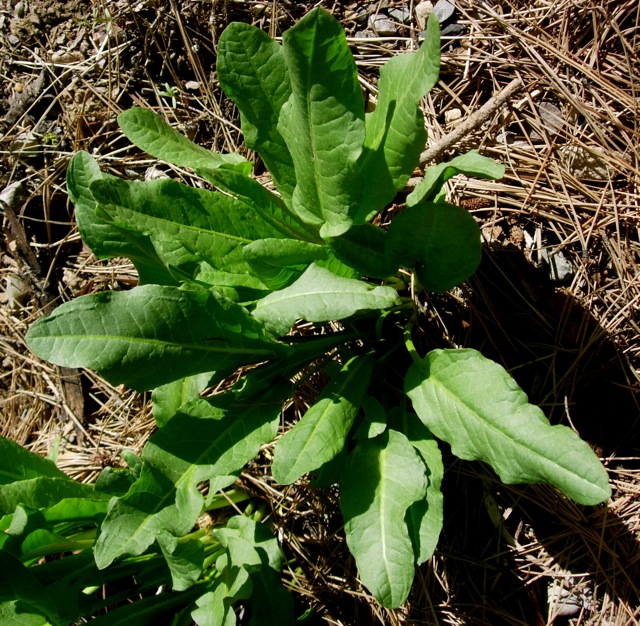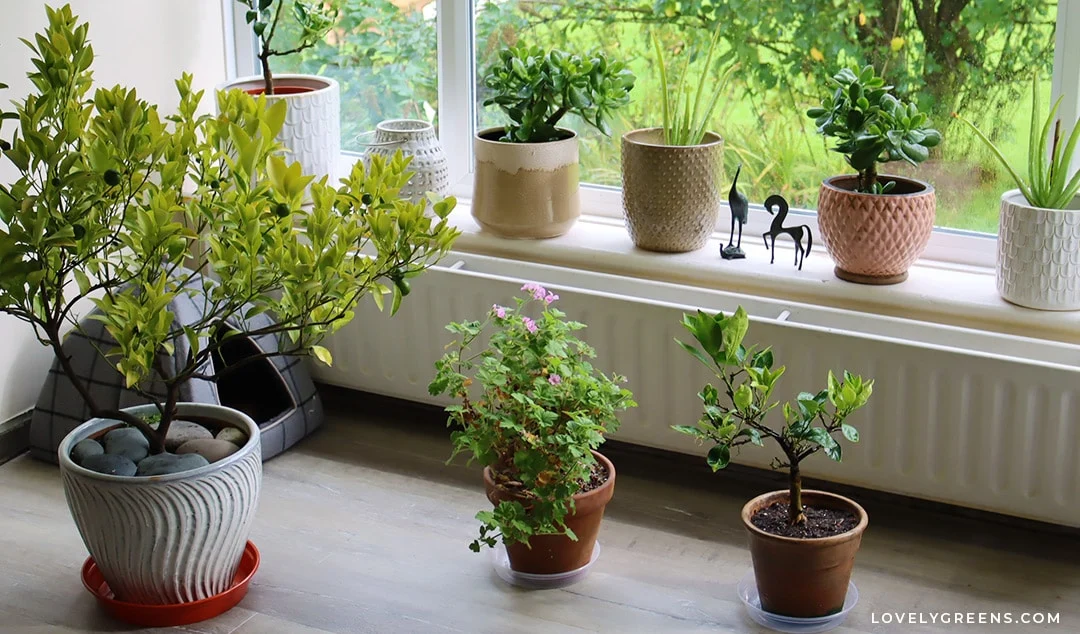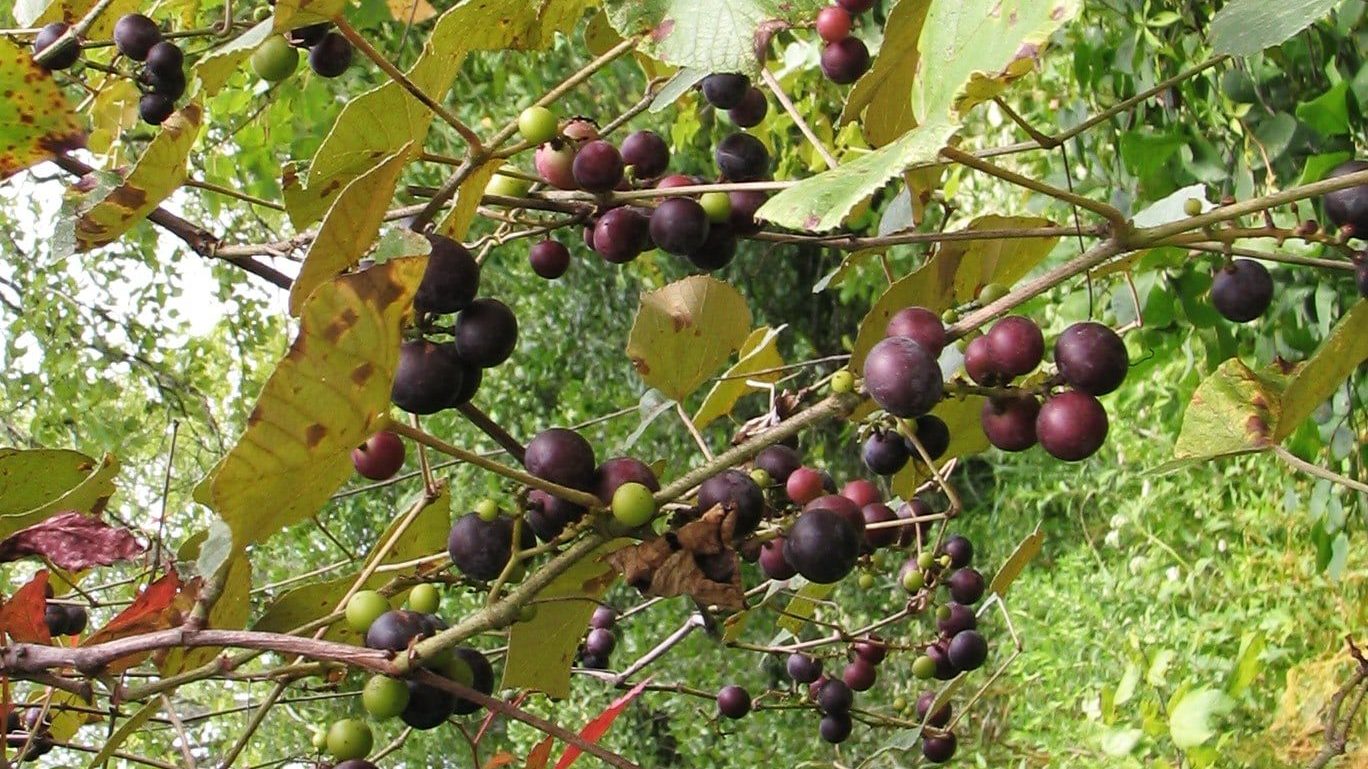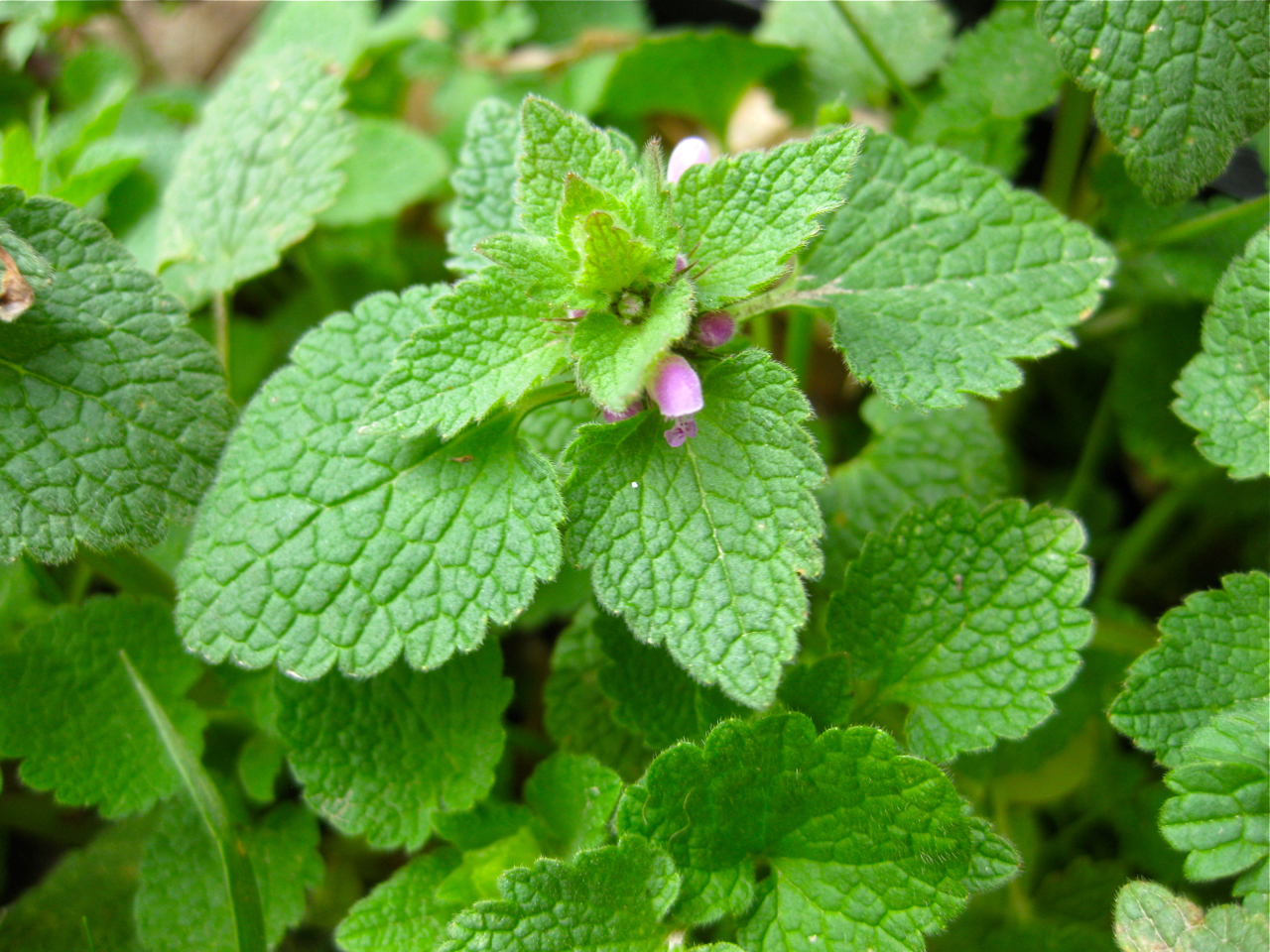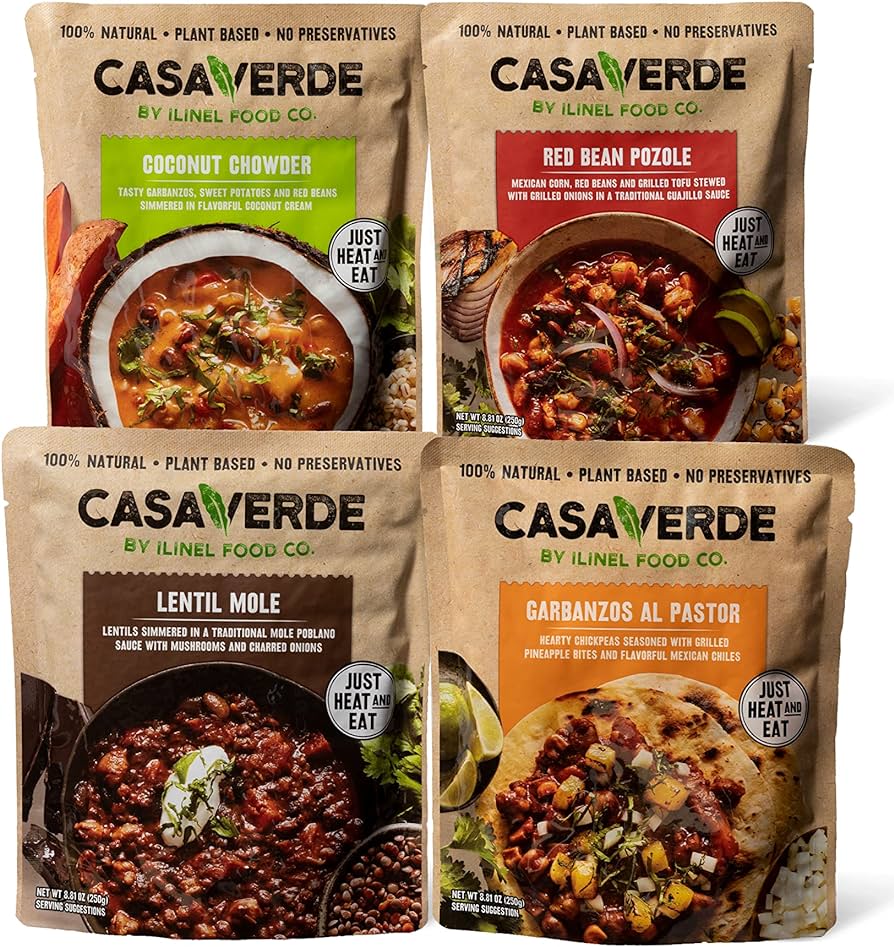Create a fruitful rooftop garden with these ideas in mind. Transform your rooftop into a green oasis with a variety of fruits that can be grown right at home.
Adding a rooftop garden is not only a great way to maximize space, but it also brings numerous benefits such as improved air quality, reduced energy costs, and access to fresh, homegrown produce. With the right planning and a little bit of creativity, you can transform your rooftop into a thriving garden filled with delicious fruits.
We will explore some ideas for creating a productive and aesthetically pleasing rooftop garden that focuses on growing fruits. Whether you have a small or large rooftop, there are options available for everyone to enjoy the beauty and taste of homegrown fruits. From selecting the right plants to optimizing sunlight and irrigation, let’s dive into the exciting world of rooftop fruit gardening.
Benefits Of A Rooftop Garden
Rooftop gardens are becoming increasingly popular as people recognize the numerous benefits they offer. From providing fresh and organic produce to maximizing limited space and reducing carbon footprint, rooftop gardens offer a range of advantages for urban dwellers. Let’s explore the benefits of a rooftop garden in more detail.
Fresh And Organic Produce
Rooftop gardens allow you to grow your own fruits such as strawberries, blueberries, and herbs, ensuring a constant supply of fresh and organic produce right at your doorstep. This helps in promoting a healthier lifestyle by providing access to nutritious food without the use of harmful chemicals.
Maximizing Limited Space
A small fruits rooftop garden is an ideal solution for those with limited outdoor space. Utilizing the rooftop to grow fruits and vegetables not only maximizes the potential of your property but also adds a touch of greenery to urban environments, creating a refreshing and vibrant space.
Reducing Carbon Footprint
By cultivating a rooftop garden, individuals can contribute to reducing their carbon footprint, as these green spaces help in absorbing carbon dioxide and releasing oxygen into the atmosphere. Additionally, growing produce locally reduces the need for transportation, lowering overall energy consumption and environmental impact.

Choosing The Right Fruits For A Rooftop Garden
Discover the perfect fruits for your rooftop garden with these creative ideas. Enjoy fresh, home-grown produce while maximizing your limited space. Start your urban gardening journey today!
Growing your own fruits on a rooftop garden can be a rewarding and sustainable endeavor. Not only does it provide you with fresh, organic produce, but it also adds beauty and greenery to your surroundings. When it comes to choosing the right fruits for your rooftop garden, there are a few factors you should keep in mind. Considering the climate and sunlight conditions, selecting compact and dwarf varieties, and ensuring proper pollination and cross-pollination are all crucial aspects. Let’s take a closer look at each of these considerations.
Consider Climate And Sunlight
The climate and amount of sunlight your rooftop garden receives will play a significant role in determining which fruits will thrive in your space. Different fruits have different temperature and light requirements, making it essential to choose varieties that are suitable for your climate. For example, if you live in a colder region, small fruits rooftop garden ideas such as strawberries and raspberries are great options as they can tolerate lower temperatures. On the other hand, in warmer climates, citrus fruits like lemons and oranges can flourish under the abundance of sunlight.
Selecting Compact And Dwarf Varieties
Rooftop gardens often have limited space, so selecting compact and dwarf fruit varieties is ideal. These varieties are specifically bred to grow in small spaces, making them perfect for rooftop gardens. Compact fruits like blueberries and currants can be grown in containers or raised beds, while dwarf fruit trees such as apple or pear can be pruned to stay small. By opting for compact and dwarf varieties, you can make the most of your rooftop garden’s vertical space and enjoy fresh fruits without compromising on space.
Pollination And Cross-pollination
Pollination is an essential process for fruit production, and cross-pollination can ensure better yields and fertilization. When selecting fruits for your rooftop garden, it’s crucial to consider their pollination requirements. Some fruits are self-pollinating, meaning they can fertilize themselves without the need for other plants. These include fruits like strawberries, tomatoes, and peppers. However, other fruits, such as apples, pears, and cherries, require cross-pollination with another compatible variety to bear fruit. It’s vital to research and choose fruits that can pollinate each other if you want to maximize your harvest.
By carefully considering the climate and sunlight conditions, selecting compact and dwarf varieties, and ensuring proper pollination and cross-pollination, you can create a thriving fruit rooftop garden. Remember to choose fruits that are suitable for your specific climate and space limitations. With the right planning and care, you can enjoy the bounty of your rooftop garden and savor fresh fruits throughout the seasons.
Designing And Planning Your Fruits Rooftop Garden
Gardening is a rewarding and enjoyable activity, and what better way to make the most of limited space than by creating a fruits rooftop garden? With a little ingenuity and proper planning, you can grow a variety of delicious fruits right on your rooftop. In this article, we will discuss the important elements to consider when designing and planning your fruits rooftop garden, including evaluating structural capacity, installing proper drainage, and choosing suitable containers.
Evaluating Structural Capacity
Before you start creating your fruits rooftop garden, it is crucial to evaluate the structural capacity of your rooftop. Ensure it can bear the weight of plants, containers, and the additional weight of water and soil. Consult with a structural engineer or hire a professional to assess the load-bearing capacity of your rooftop. This evaluation will help you determine the number and size of plants you can accommodate.
Installing Proper Drainage
Proper drainage is essential for a successful fruits rooftop garden. Without adequate drainage, excess water can accumulate and cause damage to your rooftop. To prevent this, make sure to install or incorporate drainage systems into your design. This can include adding drainage holes to containers, setting up a drain pipe connected to a gutter system, or using rooftop drainage mats. By ensuring proper drainage, you can protect your rooftop and avoid water-related issues.
Choosing Suitable Containers
When it comes to a fruits rooftop garden, choosing the right containers is crucial. Since rooftop gardens have limited space, utilizing containers is an effective way to maximize growing potential. Opt for containers that are lightweight, durable, and have adequate drainage holes. Consider the size and depth of the containers, ensuring they provide enough space for root development. Additionally, selecting containers of different shapes and sizes can add visual interest to your garden.
Moreover, if you have limited space, you can explore vertical gardening options by using hanging baskets, trellises, or planters mounted on walls or fences. This will help you make the most of your small fruits rooftop garden ideas.
By evaluating the structural capacity, installing proper drainage, and choosing suitable containers, you can create a thriving fruits rooftop garden. With careful planning and attention to detail, you can enjoy a variety of homegrown fruits while making the most of your limited rooftop space.

Soil And Planting Mediums
When it comes to creating a fruitful rooftop garden, one of the essential factors to consider is the soil and planting mediums. A proper soil mix helps provide the necessary nutrients and support for the fruit plants to thrive in a rooftop garden environment.
Importance Of The Right Soil Mix
Choosing the right soil mix is crucial for the successful growth of fruit plants. It needs to provide adequate drainage, aeration, and nutrient retention to support the plants’ development and production of fruits.
Organic Vs. Inorganic Mediums
Understanding the differences between organic and inorganic planting mediums is key. Organic mediums promote soil health and microbial activity, while inorganic mediums offer improved drainage and aeration.
Diy Soil Mix Recipes For Fruit Plants
Creating your own soil mix allows for customization based on the specific needs of fruit plants. Here are some simple DIY recipes for creating optimal soil mixes:
For Citrus Fruits:
- 2 parts garden soil
- 1 part perlite
- 1 part peat moss
For Berries:
- 2 parts compost
- 1 part coconut coir
- 1 part perlite
For Stone Fruits:
- 2 parts loamy soil
- 1 part sand
- 1 part well-rotted compost
Caring For Your Fruits Rooftop Garden
When it comes to caring for your small fruits rooftop garden, proper maintenance is key to ensuring a bountiful harvest. By following these essential tips on Regular Watering and Fertilizing, Pruning and Training Techniques, and Pest and Disease Management, you can foster healthy growth and maximize the productivity of your rooftop orchard.
Regular Watering And Fertilizing
Adequate watering and fertilizing are crucial for the well-being of your rooftop fruit garden. Make sure to provide a consistent supply of water to keep the plants hydrated, especially during hot weather. Use a balanced fertilizer to replenish nutrients and promote healthy growth.
Pruning And Training Techniques
Pruning and training your fruit plants regularly can help shape their growth and improve fruit production. Remove any dead or overgrown branches to allow for better air circulation and sunlight penetration. Additionally, use trellises or supports to train vines and maintain an organized garden layout.
Pest And Disease Management
Preventing pest infestations and addressing diseases promptly are vital in maintaining the health of your fruits rooftop garden. Monitor your plants regularly for signs of pests or diseases, and take appropriate measures such as applying organic pesticides or removing infected plant parts to control problems effectively.

Fertilizing And Composting
Discover innovative ideas for creating a fruit rooftop garden. Enhance the growth of your plants with effective fertilizing and composting techniques to maximize their productivity.
Enhancing your rooftop garden with fruits is a rewarding experience. By focusing on fertilizing and composting, you can ensure healthy and thriving fruit plants. Let’s explore organic fertilizing methods and the basics of composting on the rooftop, along with the benefits it brings. Additionally, we will delve into DIY compost bins suitable for small spaces.
Organic Fertilizing Methods
- Choose natural materials like compost and manure for fruit plants.
- Utilize organic fertilizers rich in nutrients without harmful chemicals.
- Regularly feed your fruit plants with organic solutions to promote growth properly.
Composting On The Rooftop: Basics And Benefits
- Start a compost pile with kitchen scraps and garden waste on your rooftop.
- Benefit from nutrient-rich compost that improves soil quality.
- Reduce waste and contribute to a sustainable ecosystem with rooftop composting.
Diy Compost Bins For Small Spaces
Create your own composting bins using plastic containers or wooden crates.
Ensure proper ventilation and drainage in your DIY bins for effective composting.
Harvesting And Enjoying Your Homegrown Fruits
Harvesting and enjoying the fruits of your labor is one of the most rewarding aspects of having a rooftop garden. There’s something special about being able to pick fresh, ripe fruits right from your own home, knowing they are free from pesticides and chemicals.
Determining Optimal Ripeness
Knowing when to harvest your fruits is crucial for ensuring the best flavor and texture. Be sure to check the ripeness indicators for each type of fruit you’re growing. For example, look for firmness, color, and aroma when determining if berries or small fruits are ready to be picked. Use these cues to enhance the enjoyment of every bite.
Creative Recipe Ideas
Once you’ve harvested your homegrown fruits, it’s time to get creative in the kitchen. Experiment with unique recipes to fully savor the flavors of your rooftop garden harvest. Consider crafting delectable fruit salads, smoothies, jams, and fruit-infused desserts to delight your taste buds while indulging in the fruits of your labor.
Sharing The Bounty
When your rooftop garden is producing an abundance of fruits, consider sharing the bounty with friends, family, or local community members. This not only spreads joy and goodness of freshest organic fruits but also strengthens relationships and fosters a sense of community around your small fruits rooftop garden ideas.
Frequently Asked Questions Of Fruits Rooftop Garden Ideas
What Fruit Trees Are Good For Balconies?
Good fruit trees for balconies include dwarf varieties like lemon, lime, and fig trees. These trees are compact, easy to manage, and produce fruit in small spaces. Their size makes them suitable for balcony gardens while adding freshness and fragrance to the space.
What Is The Easiest Fruit To Grow In Your Garden?
The easiest fruit to grow in your garden is the strawberry. It requires minimal care and produces abundant fruit.
How Do You Layout A Fruit Garden?
To layout a fruit garden, consider sunlight exposure, spacing, soil quality, and plant varieties. Plan the layout to optimize growth and yield.
What Fruits Can Be Planted Together?
Some fruits that can be planted together include tomatoes and basil, strawberries and lettuce, and apples and cherries. These combinations can benefit from similar growing conditions and help repel pests.
Conclusion
Incorporating a rooftop garden of fruits adds beauty and functionality to any urban space. By following these ideas, you can easily create a flourishing oasis. Harvesting fresh fruits from your rooftop not only supports sustainability, but also promotes a healthy lifestyle.
Get started and reap the rewards of a fruitful rooftop garden.



